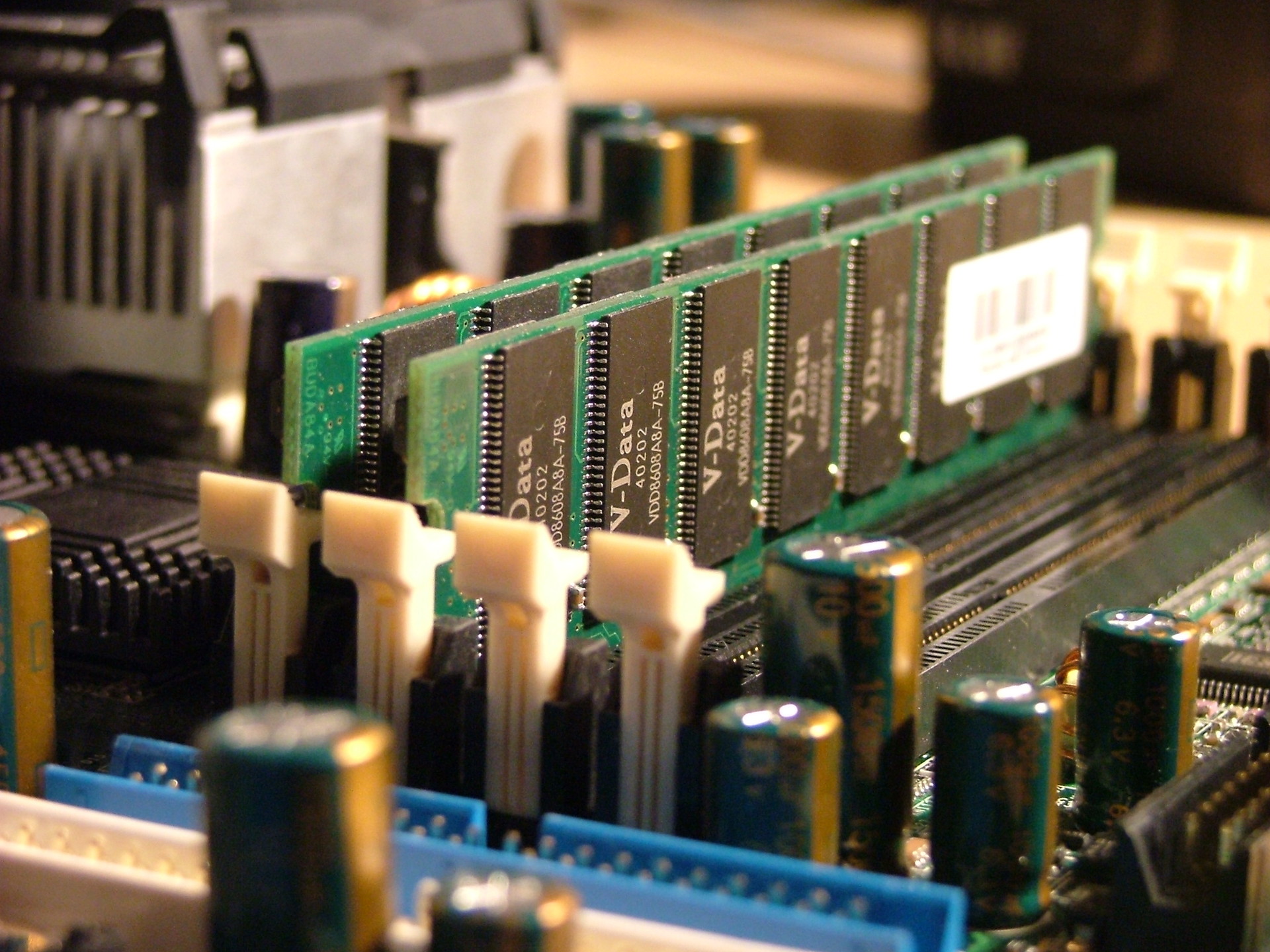IIT Mandi students develops Magnetic Random-Access Memory (MRAM)
The Magnetic Random-Access Memory (MRAM) technology has the capability to transform next-generation computers, smartphones and other gadgets.

A news to excite enthusiasts across the world especially from India - Students from Himachal Pradesh IIT-Mandi have invented a unique Magnetic Random Access Memory (MRAM) and as claimed by the developers it is way faster, efficient in power management and can hold more memory in comparison with the existing RAM’s available out there.
The Magnetic Random-Access Memory (MRAM) technology has the capability to transform next-generation computers, smartphones and other gadgets leveraging artificial intelligence (AI) and Internet-of-Things (IoT) technology. In case of MRAM, the data is not stored in the form of conventional electric charges, but via the magnetic alignment of spins. This leads to an increase in energy efficiency and capability to store more information in smaller volume as compared to the existing DRAM and SRAM (Static Random-Access Memory) technologies.
The MRAM is based on spintronic technology that utilizes Spintronic Torque (STT) system to transmit magnetic spins of electrons to process data, not at all like ordinary electronic gadgets that are driven by electron charges. These created Nanodevices have been manufactured and tried on the world class, cutting edge setup at the Centre for Design & Fabrication of Electronic Devices (C4DFED), IIT Mandi.
“Universal memory solutions must have high storage density, ultrafast operability and non-volatility, that is, able to retain data even when there is no power. This need is particularly relevant in modern times as the abundance of digital devices is expected to generate data volumes requiring 1 trillion hard drives at every instant by 2024,” said Satinder K Sharma, associate professor at School of Computing and Electrical Engineering, IIT Mandi. “Existing semiconductor RAM cannot meet the massive demands of data storage.”
Speaking about the benefits of the newly developed technology, he said, “STT-MRAM devices are non-volatile and have much higher storage densities and endurance than current CMOS based RAM technologies. Another advantage of these kinds of memory is that they can be integrated with conventional silicon-based memory technologies, which results in huge storage potential,”
"Our devices have very low switching current density and free-layer switching duration of less than three nanoseconds (1 nanosecond = 10-9 seconds). This is a very promising start and further optimization will make them candidates for next-generation RAM devices", says Dr. Srinivasan, Associate Professor and co-author of the paper.
This development by the IIT team has been published in IEEE Transactions on Electron Devices, a reputed international journal. Kudos to the team of 5 that includes- Sharma, his colleague Srikant Srinivasan and three research scholars - Mohamad G Moinuddin, Shivangi Shringi and Aijaz H Lone.
Source: PTI








